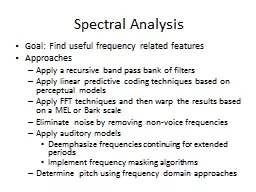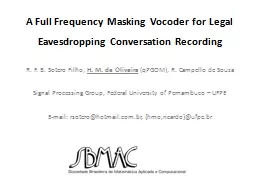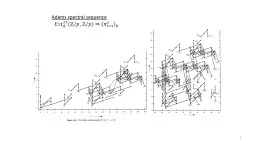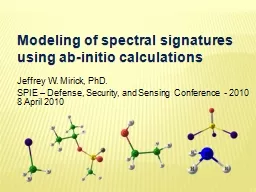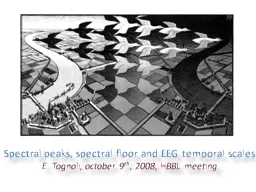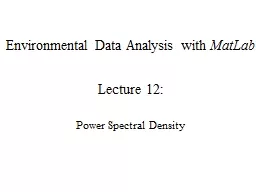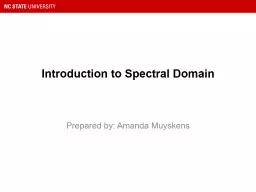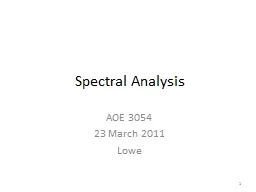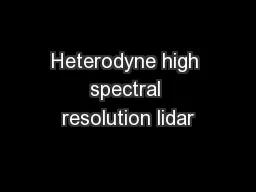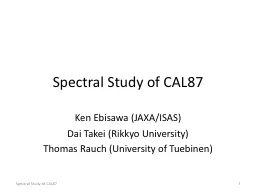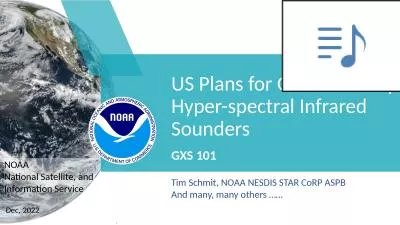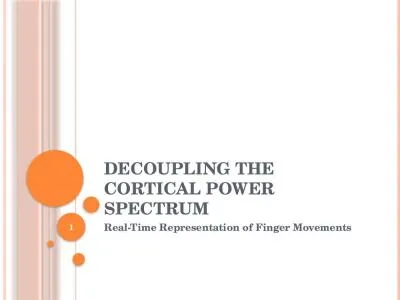PPT-Spectral Analysis Goal: Find useful frequency related features
Author : lois-ondreau | Published Date : 2018-10-29
Approaches Apply a recursive band pass bank of filters Apply linear predictive coding techniques based on perceptual models Apply FFT techniques and then warp the
Presentation Embed Code
Download Presentation
Download Presentation The PPT/PDF document "Spectral Analysis Goal: Find useful freq..." is the property of its rightful owner. Permission is granted to download and print the materials on this website for personal, non-commercial use only, and to display it on your personal computer provided you do not modify the materials and that you retain all copyright notices contained in the materials. By downloading content from our website, you accept the terms of this agreement.
Spectral Analysis Goal: Find useful frequency related features: Transcript
Download Rules Of Document
"Spectral Analysis Goal: Find useful frequency related features"The content belongs to its owner. You may download and print it for personal use, without modification, and keep all copyright notices. By downloading, you agree to these terms.
Related Documents

